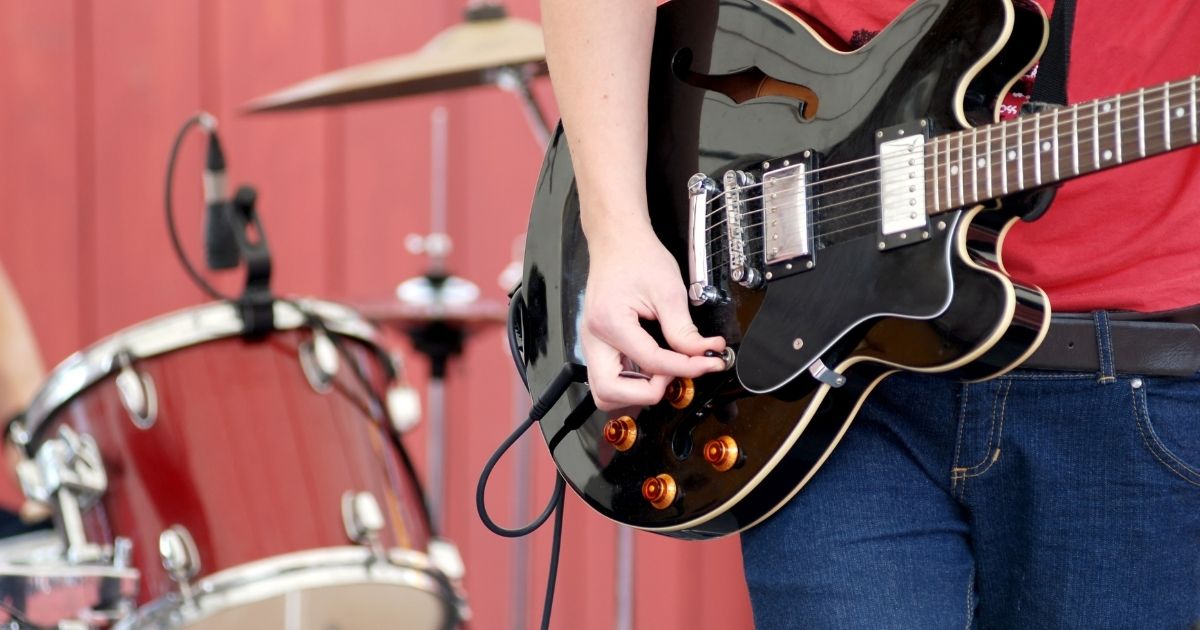I recently attended the Performing Arts Medical Association conference, where I was the sole audiologist among physical therapists, surgeons, musicians and other specialists. The experience underscored our duty as audiologists to educate colleagues in seemingly unrelated fields about our expertise and training.
There was a case presented of a drummer with wrist and elbow issues. Various practitioners tried diagnosing the conditions before I pointed out a probable cause – the drummer had started wearing foam earplugs after reading they were recommended.
However, by excessively muffling cymbal tones and rim shots, the earplugs forced the drummer to play harder, straining his wrists.
Importance of Appropriate Hearing Protection
This exact scenario stemming from improper hearing protection is something I’ve treated and published on previously. It exemplifies how our audiology background combines theoretical knowledge, practical skills and common sense intuition. Yet none of the other conference experts had considered the hearing link. Just as seen with hearing loss itself, which damages so gradually it can go unnoticed, our role is often overlooked if we don’t actively spread awareness.
I’m continually amazed by how overlooked our expertise remains across medical fields, even when treating musicians’ issues often start with hearing. During the conference I delighted in reminding colleagues exactly what audiologists are trained to handle. I also emphasized key concepts for preventing musician hearing damage without compromising style or performance quality.
The critical distinction that must be taught is between loudness and intensity. Rock music inherently needs loudness. However, excess intensity – which foam earplugs block poorly – is what erodes hearing over time. I advocate musicians wear protection during lengthy practices but not necessarily concerts, provided total noise exposure stays within safe parameters.
Keeping Musician’s Hearing Healthy
Advanced solutions like adjustable filters and in-ear monitors better balance desired loudness with safe intensity caps. And amplifying protective gear’s tactile vibrations helps preserve the visceral “feel” performers require. We do musicians an immense service by respecting artistry goals while steering them toward options that don’t sabotage health or career longevity.
Just as a flushing toilet’s 85 decibels can quietly inflict overexposure, it’s cumulative intensity dosage that demands diligence, not passing loudness. Educating peers on such nuances falls on us as audiologists.
If only hearing damage produced gushing blood as warning – a gory but effective deterrent – our prevention messaging might permeate quicker. For now, we must persist informing other practitioners how optimal hearing solutions unlock artistic potential rather than stifle it.
Our creative thinkers deserve tailored guidance and every opportunity to keep chasing their muse unencumbered.







